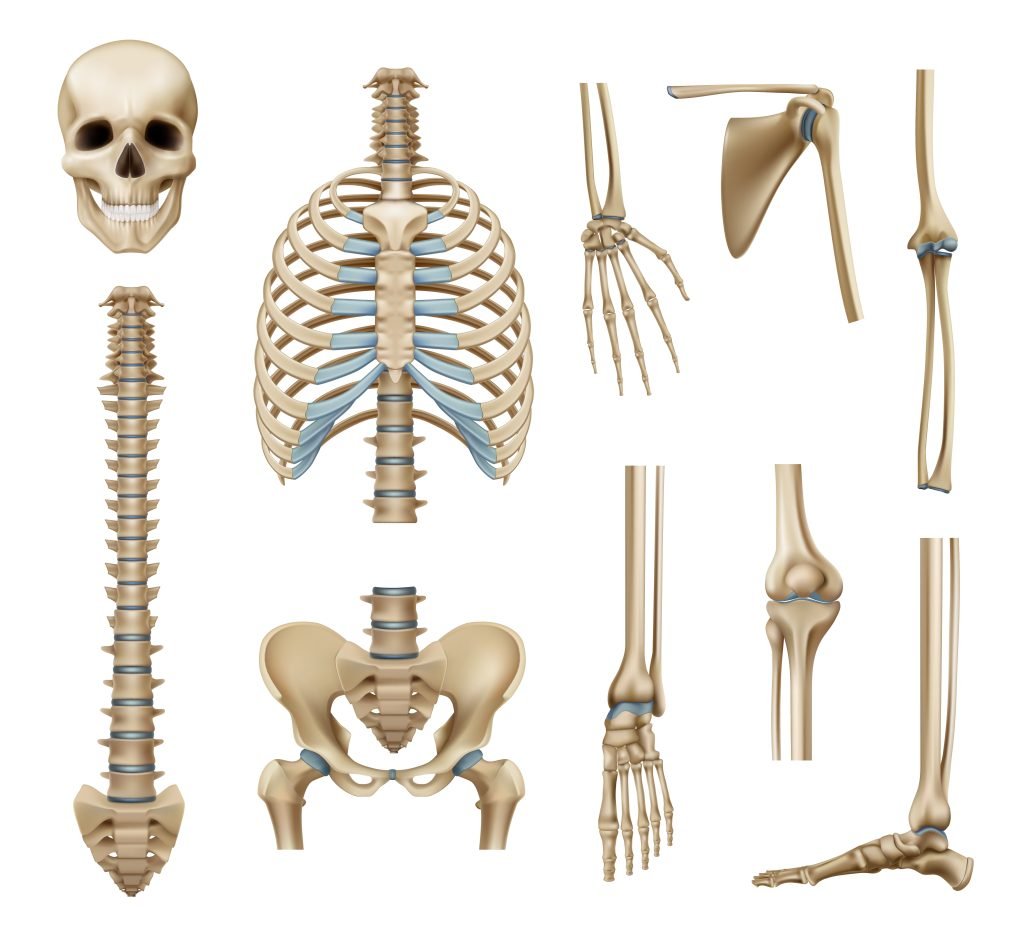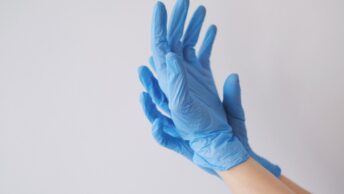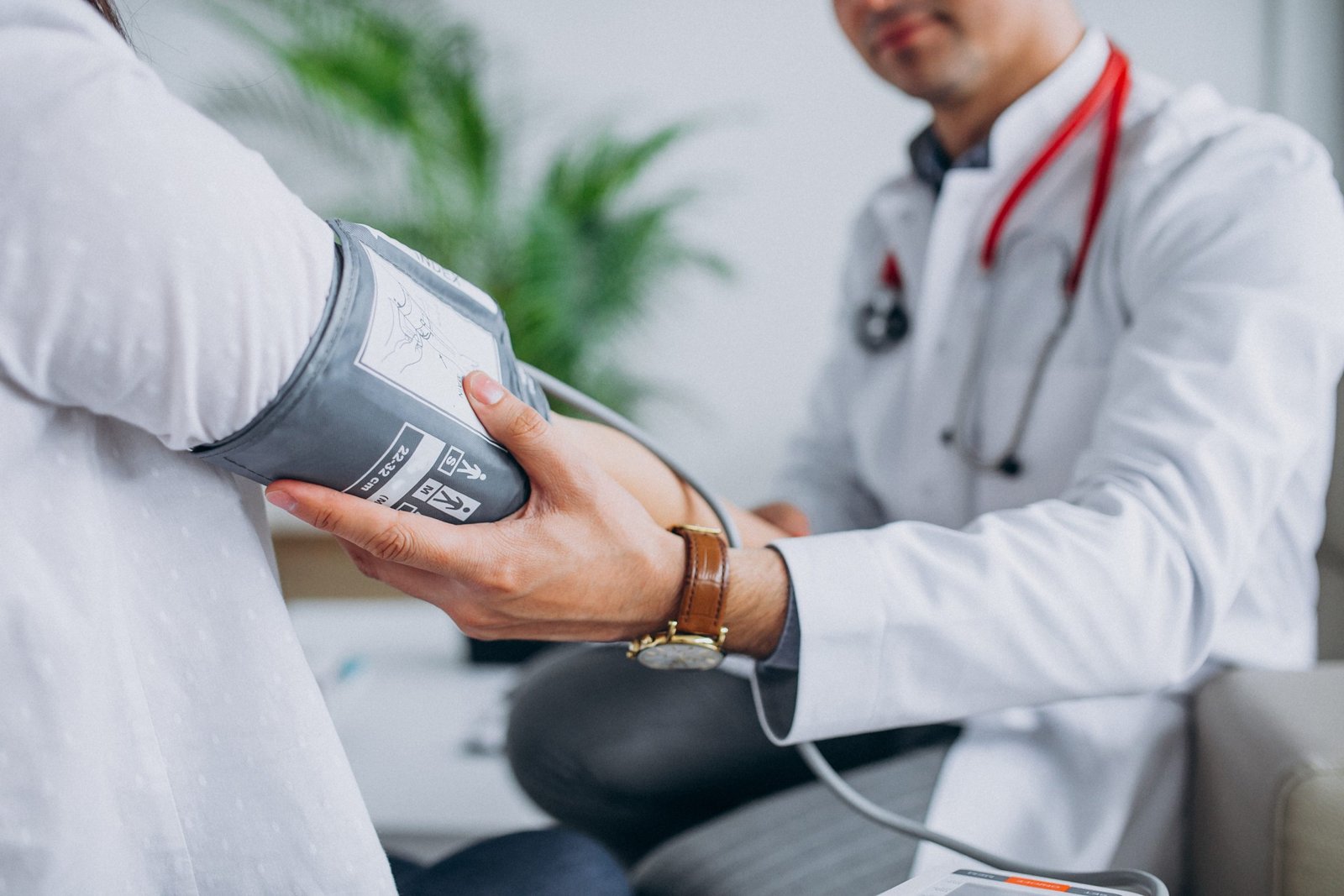The human skeleton is not typically considered a laboratory equipment, but rather a biological structure. However, it is indeed an essential tool in various scientific fields and educational settings for several reasons:
Anatomy and Physiology Education: The human skeleton is a fundamental component of human anatomy education. It serves as a valuable teaching tool for medical students, anatomists, and other healthcare professionals to learn about the structure and function of the human body. Understanding the skeletal system is crucial for comprehending how bones, joints, and muscles work together.

Forensic Science: In forensic science, the examination of human skeletal remains can provide important information about the identity, age, sex, and cause of death of an individual. Skeletal analysis can help solve crimes, identify missing persons, and provide valuable evidence in legal investigations.
Anthropology and Archaeology: Anthropologists and archaeologists study human skeletons to gain insights into human evolution, migration patterns, and the lifestyles of past populations. These studies can provide information about diet, health, and cultural practices of ancient civilizations.
Biomechanics and Engineering: Researchers in biomechanics and engineering use human skeletons to study how bones and joints function under different conditions. This information is crucial for designing prosthetic devices, improving athletic performance, and understanding the mechanics of injury.
Medical Research and Orthopedics: Human skeletons are used in medical research to develop treatments and interventions for bone-related diseases and conditions, such as osteoporosis and osteoarthritis. They are also used to test new surgical techniques and orthopedic implants.
Art and Anatomy Illustration: Artists, illustrators, and medical illustrators often use anatomical skeletons as references when creating medical illustrations, sculptures, and educational materials.
Medical Device Development: The skeletal system is essential for testing and developing medical devices, such as orthopedic implants, joint replacements, and bone grafts. Researchers and engineers use artificial skeletons for experimentation and testing.
While the human skeleton itself is not laboratory equipment, artificial skeletons, anatomical models, and skeletal preparations are commonly used in laboratory and educational settings to facilitate research, learning, and experimentation in the fields mentioned above. These tools help scientists and students better understand the structure and function of the human body and contribute to advancements in various scientific disciplines. You can buy human skeleton online easily by visiting various medical equipment stores.




